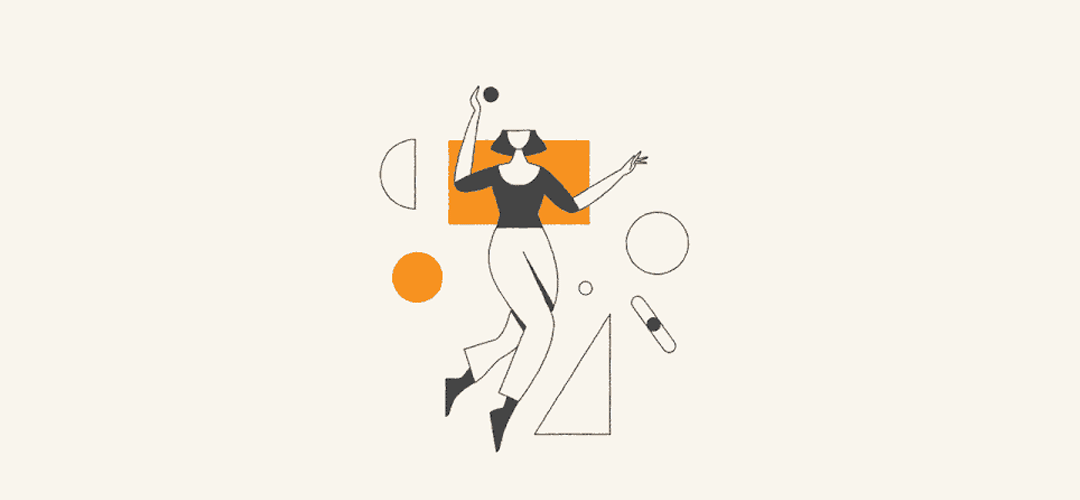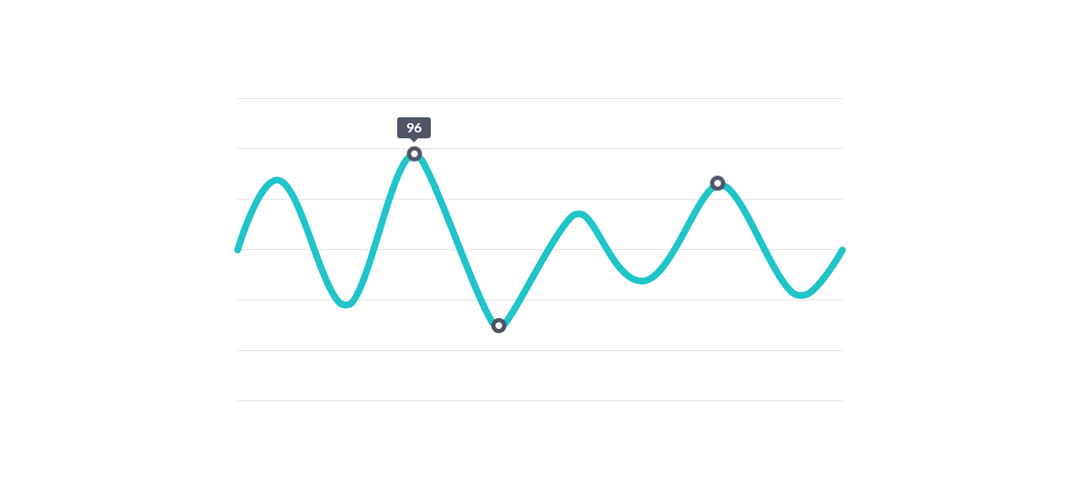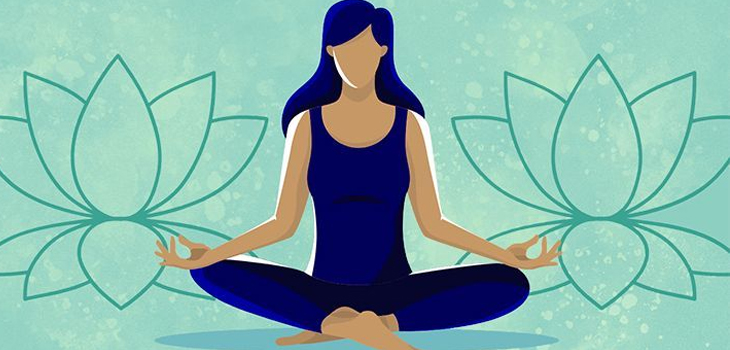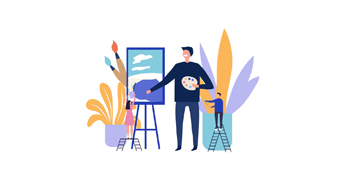
13044 views
by Dr.Meghna varma
Visualisation : A tool for Mental Wellbeing

Close your eyes & imagine yourself relaxing on a beautiful beach. The soothing sound of soft waves creates a sense of peace & calm deep inside you. The warmth of the sand on your feet brings a smile on your face. Your breath matches the rolling waves of water.
You are now letting go of any tension you may feel throughout your body. Your body & mind are completely relaxed. You feel completely relaxed, refreshed & ready to take on the world.
Now slowly open your eyes. Didn’t that feel great? Well, that’s what Visualisation feels like.
A vision isn’t just an image of what could be, it is a call to better ourselves, to be something better. Visualisation isn’t just a successful technique to cope with anxiety, depression or other mental disorders. It is also a powerful cognitive tool which when used regularly can help us do better in our day to day lives.
All of us use visualisation as a process of stimulating future experiences, but is all happens so naturally that we barely give it a thought. You can learn the process of visualisation to become stronger, happier & more successful in every aspect of your life.
Why should you try Visualisation?

- Improved Performance
- Increased Focus
- Reduced stress levels
- Freedom from Insomnia
- Boosted Immunity
- Boosted Confidence
- Freedom from Pain
- Reduced Depression levels
How can just Imagining things make you feel better?

Visualisation balances your emotional arousal by relaxing you. When you are in a relaxed state of mind, it is hard to feel angry or upset.
Further, retuning to memories & scenes that have pleasant or soothing associations can revitalise the energy sapped by anxiety or stress.
Visualisation can also work wonders in helping you achieve your goals. When you visualise an act, the brain creates a new neural pathway that primes our body to work in a way that matches our imagination.
Here are some tips to put visualisation into effect:
Don’t let visualisation be limited to the visuals. Use all your senses to be so deeply immersed in the mental image that it feels real.
Just like a workout, some days will feel better than the others. Do not be too hard on yourself for the bad days. Treat yourself with kindness & remember there’s a reason why meditation is called practice.
Just like any other skill, the key to successful visualisation is to keep practicing.
The power of visualisation is available to all of us. Whether you are a student, parent, employee or businessperson, visualisation can keep you tethered to your goals & enhance your chances of achieving it.


